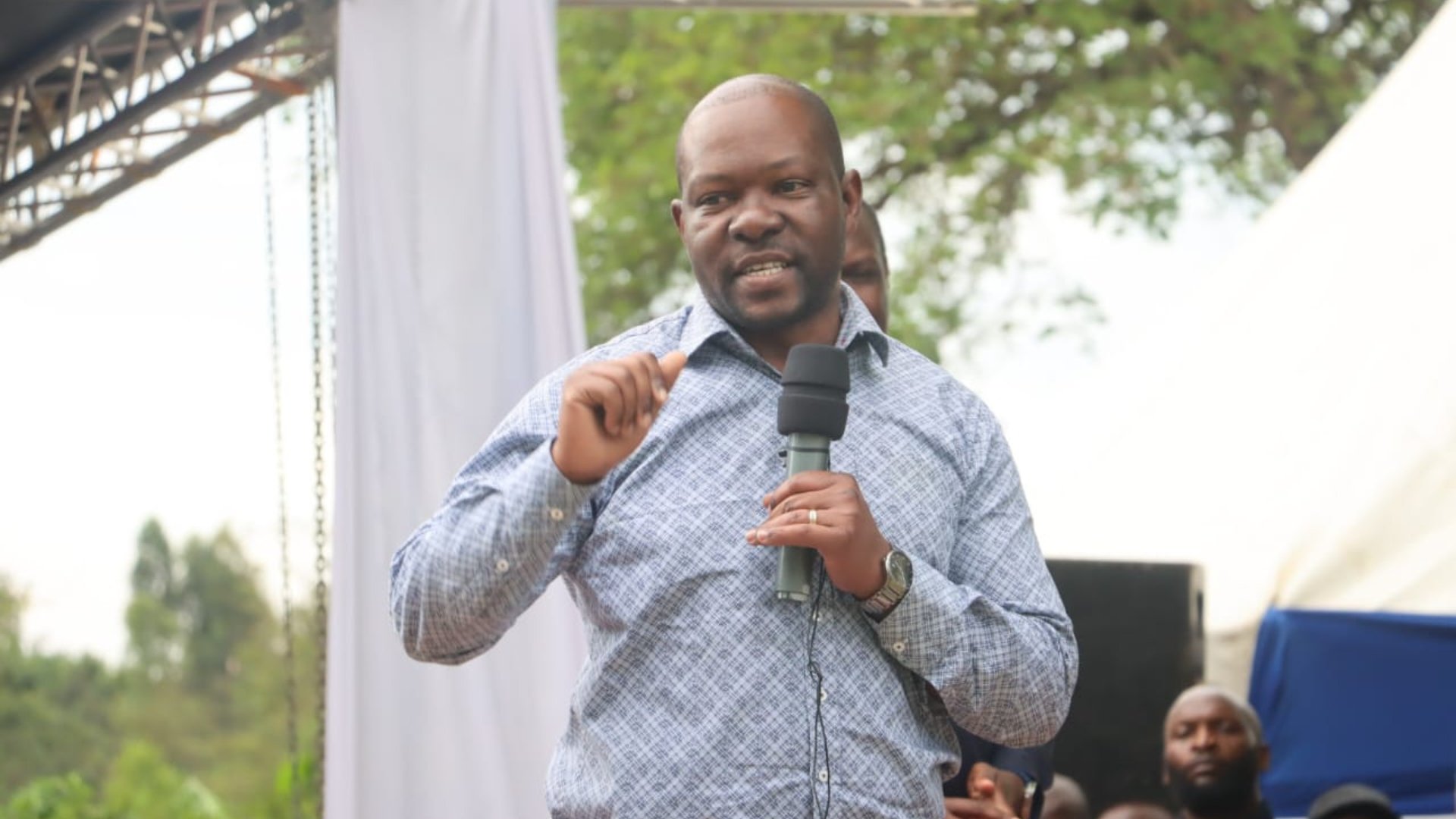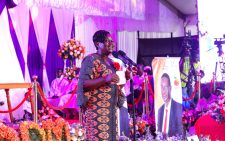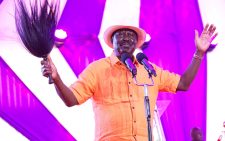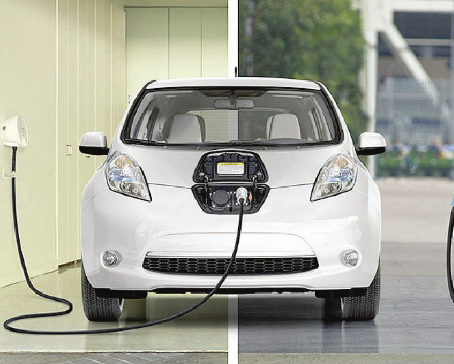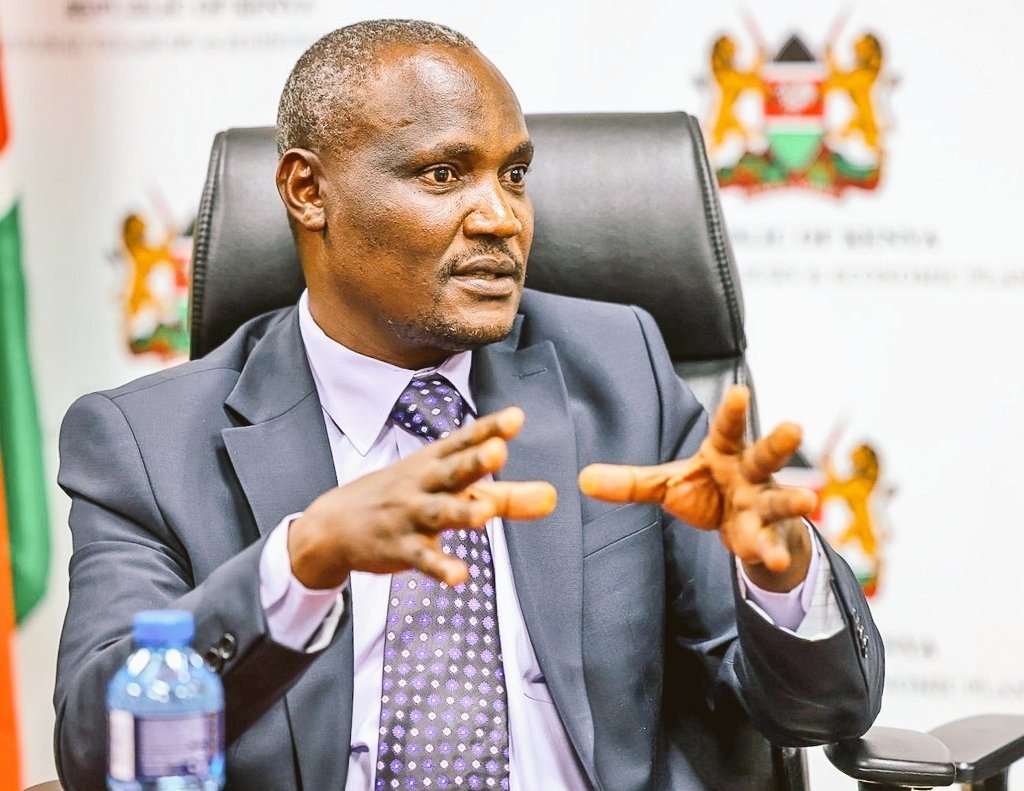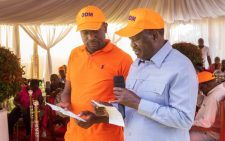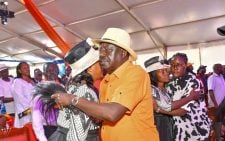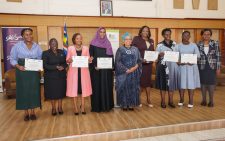Financial sins, biased hiring muddy image of water firms
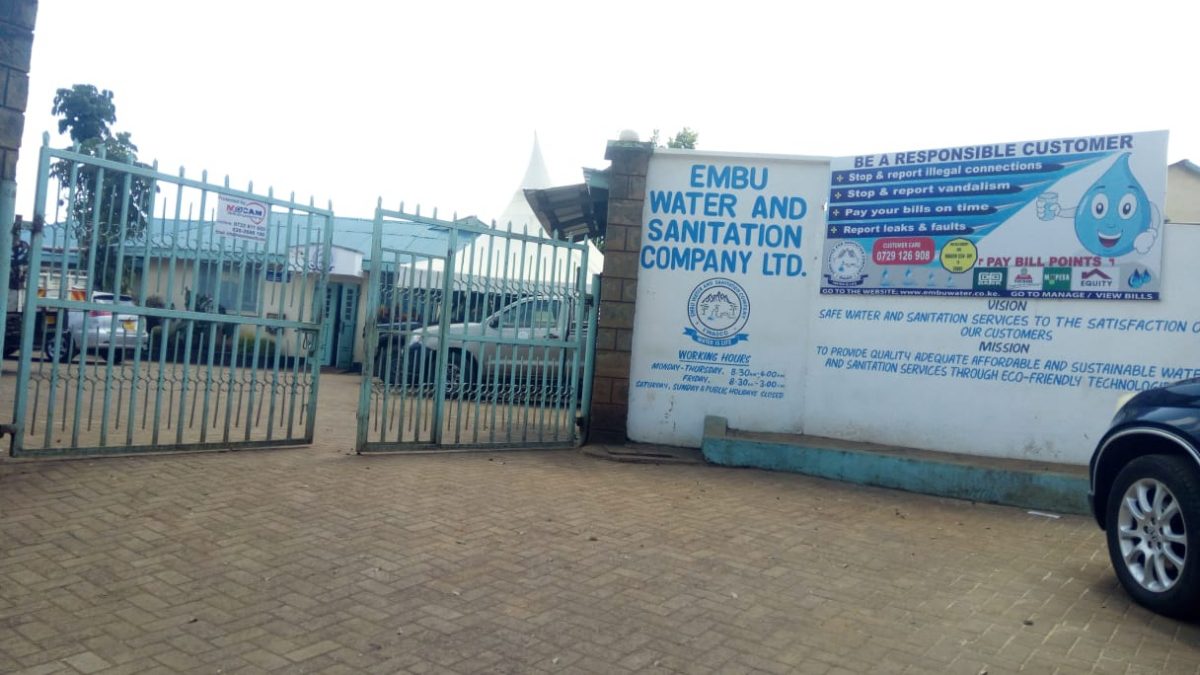
The Auditor General has unearthed the financial rot in some water agencies operating in counties.
Irregularities revolve around banking of revenue and unsupported expenditure.
While others could not explain their spending, others could not account for their assets. Some were accused of ethnic bias in hiring of staff.
In her latest report, Auditor General Nancy Gathungu shows that various water and sewerage companies have been breaking the law, lack land ownership documents while others cannot explain the criteria they used to hire and remunerate staff.
For instance, the audit report for Embu Water and Sanitation Company (EWASCO) shows a variance between the statements of comparison of budget and actual amounts on financial statements.
The budget made available for audit reflects a total budgeted expenditure of Sh381,035,759 resulting in unreconciled variance of Sh2,072,117.
“In the circumstance, the accuracy of the statement of comparison of budget and actual amounts for the year ended year ended June 30, 2020, could not be confirmed,” the report says.
Trade payables
The report also shows that the ledgers provided for audit reflect Sh163,013,408 resulting to an unexplained and unreconciled variance of Sh1,140,235.
In addition, the balance includes Sh90,500,035 owed to 13 creditors and Sh33,297,608 owed to 55 creditors, which have remained outstanding for three years and two years respectively.
“In the circumstances, the accuracy and completeness of Sh161,873,173 in respect to trade payables and accruals for the year ended June 30, 2020 cannot be confirmed.”
On Gatundu Water and Sanitation Company Limited, the audit shows that out of agency’s 155 employees, 152 (98 per cent) were drawn from the Kikuyu community.
“As a result the establishment was contrary to section 7 (2) of the National Cohesion and Integration Act which requires the staff establishment of public entities to reflect the diversity of the people of Kenya. In the circumstances, the company was in breach of the law,” says the report.
Gathungu, in her report on Gusii Water and Sanitation Company (GUWASCO), shows that the statement of comparison of budget and actual amounts reflects personnel emoluments, administrative expenses and production costs actual amounts on comparable basis of Sh92,939,100, Sh31,212,900 and Sh64,347,700 respectively.
However schedules in support of the amounts were not provided.
Further, the statement reflects total actual revenue of Sh215,573,200 while the statement of profit or loss and other comprehensive income indicates a corresponding amount of Sh106,819,600 resulting in an unexplained difference of Sh108,753,600.
In addition, the statement reflects total actual expenditure of Sh206,760,500 which differs with total expenses of Sh98,006,900 reported in the statement of profit or loss and other comprehensive income. The difference of Sh108,753,600 was unexplained.
“The accuracy and completeness of the statement of comparison of budget and actual amounts for the year under review could not be confirmed,” the Auditor says in her report.
Gathungu also notes unsupported revenue, accrued liabilities and trade payables for Homa Bay Water and Sanitation Company (HOWAWASCO) for the year ended June 30, 2021 financial year.
The statement of financial position reflects accrued liabilities of Sh61,281,268, amount that relates to unpaid regulatory levies and accrued expenses, which were not supported by schedules indicating ageing of the liabilities.
Gathungu further notes that the statement of financial position reflects trade payables of Sh15,085, 858, an amount which includes Sh14,983,269 which was not supported with approved requisitions, quotations, Local Purchase Orders or Local Service Orders, good received notes and store ledger records.
“In the circumstances, the completeness and accuracy of the trade payables of Sh14,983,269 could not be confirmed,” the report says.
The audit report also shows how Kapsabet Nandi Water and Sanitation Company Limited was in breach of the law on ethnic composition of personnel, non-revenue water and unconfirmed assets.
It reveals that the statement of profit or loss and other comprehensible income reflects use of water sales of Sh41,448,875 that comprises revenue from the Kapsabet scheme of Sh34,500,985 and Nandi Hills scheme of Sh6,947,890.
Available records revealed that the company produced 1,282,679 cubic metres of water during the year under review out of which 681,983 was billed to customers for Sh41,448,875 while the balance of 600,695 cubic metres represents non-revenue of water.
One community
According to the report, the balance of 600,695 cubic metres for non-revenue water was over and above the allowable loss of 320,670 cubic metres of the total production prescribed in the guidelines issued by the Water Services Regulatory Board by a volume of 280,025 cubic metres.
“This is contrary to the Water Services Regulatory Board (WASREB) schedule. In the circumstances, the company was in breach of the regulations resulting in an estimated revenue loss of Sh17,019,980 at an average of Sh60.78 per cubic meter,” the report reads in part.
In addition, the report also shows that during the year under review, the total number of employees were 57 out of which 49 or 86 per cent of them were members one ethnic community. The company also had eight board members who are all from the same dominant ethnic community.
In her audit of Garissa Water and Sewerage Company Limited (GAWASCO), Gathungu points out that the statement of profit and loss reflects income form operation of Sh303,621,811, but the review of the revenue record provided revealed various anomalies.
The billing report generated from the revenue collection system indicates sales for the period of Sh301,099,508 while the financial statement reflects Sh302,510,127 resulting to an unreconciled variance of Sh1,410,619.
Gathungu’s report says the management disclosed an annual water bill of Sh301,099,508, however, records provided reveal that only Sh151,034,569 was collected from water sales in the financial year 2020/21.

